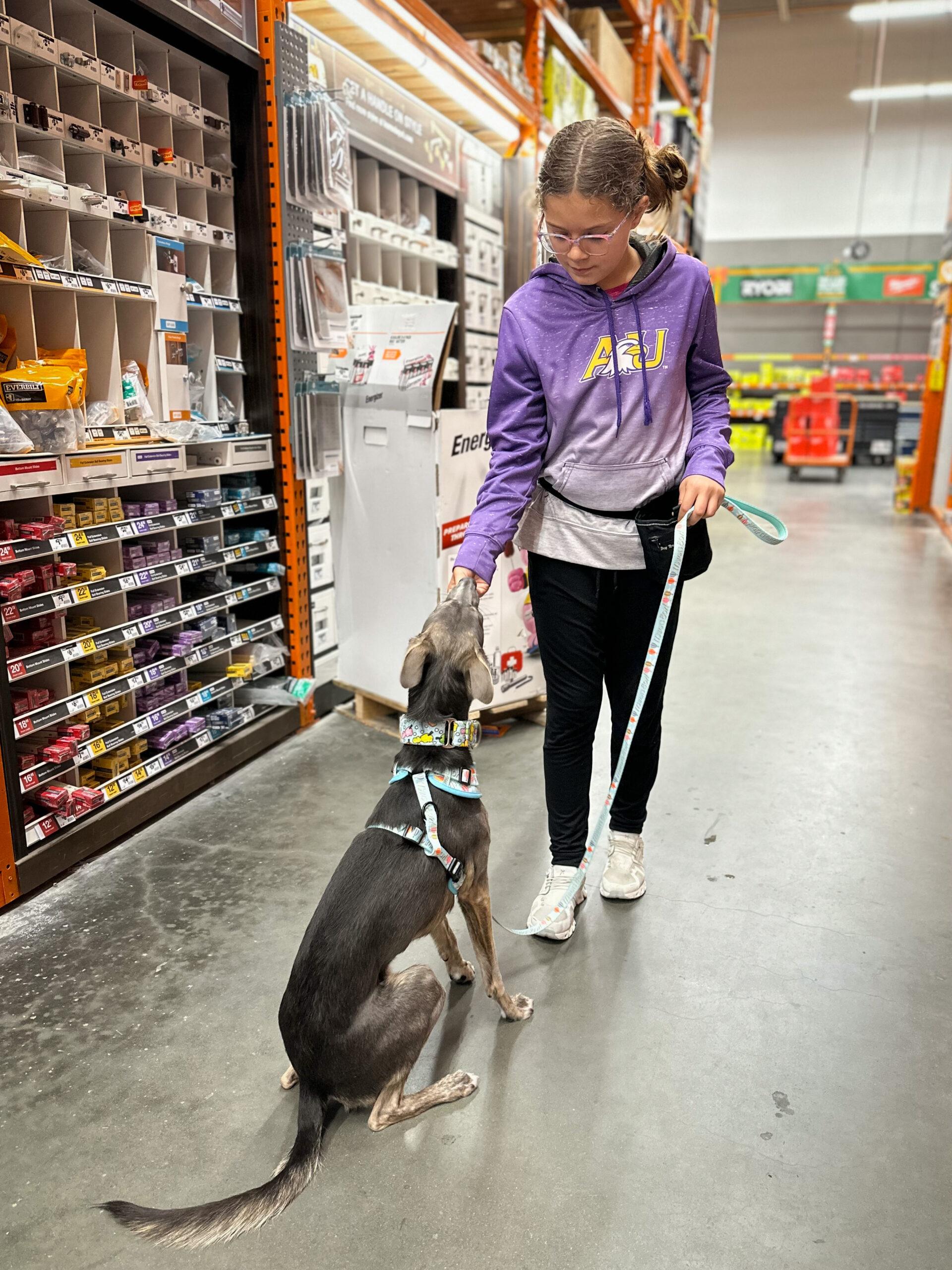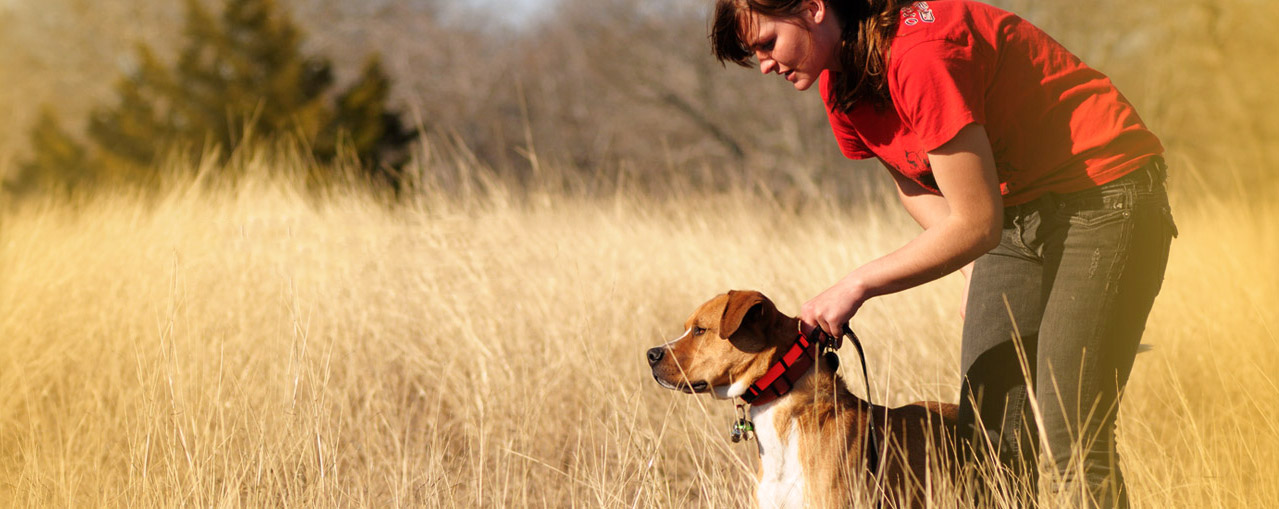The Ultimate Guide to Positive Support in Dog Training
The Ultimate Guide to Positive Support in Dog Training
Blog Article
Vital Tips for Successful Dog Training: A Guide for Pet Dog Owners
Effective pet training is a complex process that requires a strategic strategy customized to both the animal's character and the proprietor's goals. Understanding how to browse these challenges can substantially improve the training experience, ultimately changing the partnership in between owner and canine.
Understanding Canine Behavior
Recognizing dog actions is crucial for efficient training and promoting a harmonious relationship between dogs and their proprietors. Dogs interact largely through body language, vocalizations, and activities, making it vital for proprietors to interpret these signals precisely. Identifying a pet's position, tail placement, and ear orientation can supply understandings into its emotion. A wagging tail does not constantly indicate joy; it can likewise signal enjoyment or anxiousness.

Socialization plays a substantial function in pet dog actions; direct exposure to numerous settings, individuals, and other pets can substantially influence a dog's personality. Aspects such as breed characteristics and specific personality must assist training methods, as some breeds might have certain behavioral characteristics that necessitate customized strategies. By comprehending these elements, proprietors can create an encouraging atmosphere that encourages favorable habits, leading to effective training outcomes and a much deeper bond with their family pets.
Establishing Regular Commands
Effective interaction with your canine starts with establishing consistent commands. This fundamental element of training is crucial for cultivating understanding in between you and your pet. Uniformity in the commands you utilize ensures that your dog can accurately connect particular words or phrases with the desired behaviors.
When choosing commands, pick clear, distinct words that are simple to say and separate from one an additional. Avoid utilizing similar-sounding commands that might confuse your pet dog. Making use of "sit" and "stay" is proper, yet "sit" and "hit" might lead to misconceptions.
In addition, maintain the same tone and volume for every command. Pets are sensitive to vocal hints, so varying your tone can produce complication.
It is similarly essential to guarantee that all family participants get on the exact same page concerning the commands used. A united front in command use will certainly stop mixed signals and strengthen the discovering procedure.
Favorable Reinforcement Strategies
The power of favorable reinforcement in dog training depends on its capability to encourage wanted actions with rewards and appreciation. This method is grounded in the concept that habits followed by desirable results are most likely to be duplicated. By integrating positive support into your training regimen, you can properly form your canine's behavior in a positive way.
To implement positive support, it's vital to determine what motivates your pet dog, whether it be treats, playthings, or verbal appreciation. When your canine executes a preferred activity, such as sitting on command, promptly reward them with a reward or love. This association in between the command and the favorable outcome enhances their understanding.
It's essential to timing the incentives correctly; providing the support within seconds of the preferred actions helps your pet dog make the link (dog training). Furthermore, uniformity is vital-- guarantee that all relative utilize the very same commands and reward systems to prevent complication

Slowly, you can lower the regularity of treats as your pet dog finds out the behavior, transitioning to applaud or recurring rewards. This technique not just promotes a strong bond between you and your pet dog yet also promotes a positive discovering setting, making educating a pleasurable news experience for both.
Socialization and Communication
Continually revealing your dog to a variety of atmospheres, people, and various other pets is critical for their social development. Socialization ought to start early, preferably during the important window of 3 to 14 weeks, when puppies are most receptive to new experiences. Older pets can also benefit from recurring socialization efforts.
Introduce your pet dog to various settings, such as parks, pet-friendly stores, and metropolitan locations. This direct exposure helps them adapt to different stimulations, minimizing stress and anxiety and concern actions. Encourage favorable communications with various other pets and individuals, making sure that these encounters are safe and regulated to foster self-confidence.
Utilize organized playdates with courteous dogs, as this can boost your pet dog's social skills and educate them proper behavior. Obedience courses and training sessions also give exceptional chances for socializing, enabling your dog to engage with others in a supervised setting.
Screen your canine's body movement during interactions, as this will certainly assist you evaluate their comfort degree. Slowly raise exposure to even more challenging circumstances while ensuring that each experience is favorable. A well-socialized dog is most likely to display well balanced behavior, making them a happiness to have in any setting.
Resolving Common Training Difficulties
Every pet owner will certainly experience training obstacles eventually, no matter of their pet's age or socialization level. Recognizing common problems such here as stubbornness, interruptions, and terror can aid in developing efficient approaches for improvement.

Distractions during training sessions can hinder focus. To combat this, start training in a quiet setting with minimal stimulations. Progressively present distractions as the canine becomes much more efficient in commands. Short, constant training sessions are additionally reliable in preserving interest.
Terror can impede a canine's knowing process. Gradual desensitization to the source of fear, coupled with positive support, can assist ease stress and anxiety. Persistence is important; never compel a pet dog into a situation that creates distress, as this might intensify the issue.
Ultimately, understanding and addressing these usual difficulties with a structured strategy will certainly foster an extra efficient training experience, strengthening the bond in between pet dog and owner while advertising efficient learning.
Verdict
In summary, successful pet training depends on a detailed understanding of canine behavior, the facility of constant commands, and the application of positive support techniques. Socializing plays a critical function in developing well-adjusted pet dogs, while attending to common training obstacles needs patience and flexibility. By carrying out these vital techniques, pet proprietors can cultivate a solid bond with their canines and advertise preferable behaviors, inevitably leading to a harmonious connection this content in between humans and their canine friends.
Understanding pet dog actions is vital for reliable training and fostering a harmonious connection in between canines and their owners.Socializing plays a substantial role in canine actions; direct exposure to various atmospheres, individuals, and various other animals can considerably influence a pet's temperament.The power of positive support in pet training lies in its ability to motivate preferred actions through rewards and praise. By integrating favorable support into your training regimen, you can efficiently shape your pet dog's habits in a positive fashion.
In recap, effective pet training counts on a comprehensive understanding of canine habits, the establishment of constant commands, and the application of favorable support methods.
Report this page